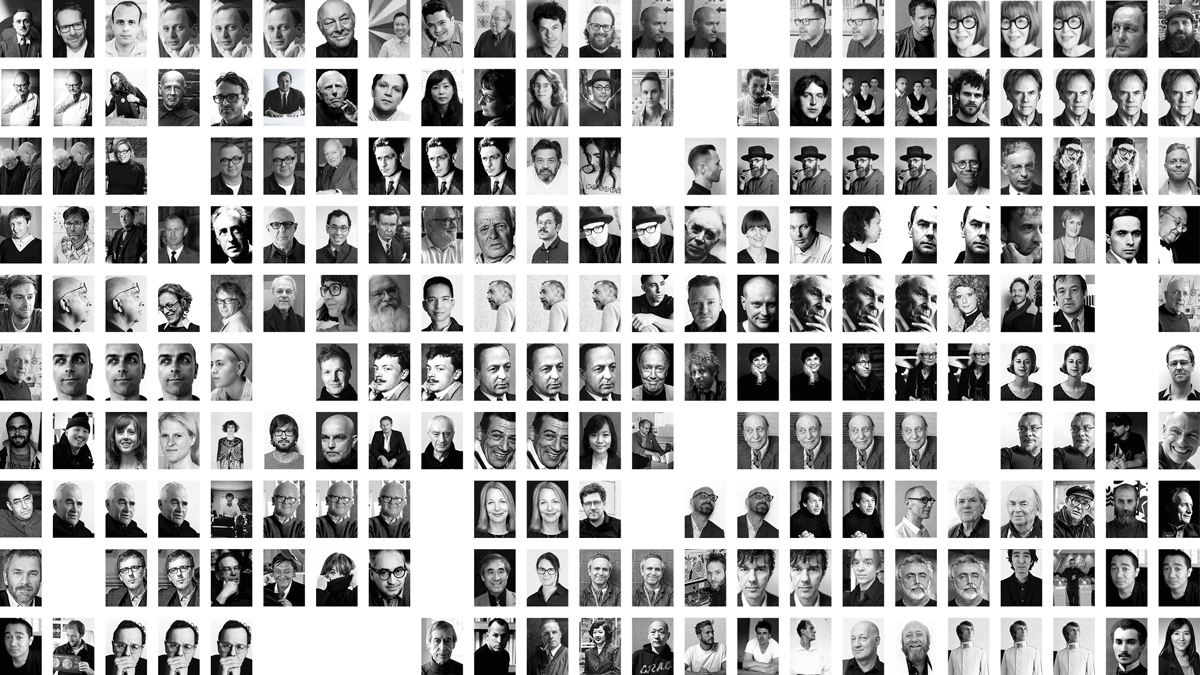Pale, Male, Stale?
A visual analysis of Graphic Design reading lists
A short time after I started at Chelsea College of Arts I started to write the course reading list. As research, I requested the reading lists for all the courses in the Graphic Design Programme at CCW. I was interested to understand the range of references that were being used to teach Graphic Design in the Programme.
I collated all the lists into a spreadsheet, extracted the authors, publishing dates and publishing locations. I then hand coded each entry based on the sex of the author and their place of birth.
At my most optimistic, I hoped I might learn something new.
Sadly, the data produced some completely expected results.
What the data tells us
Male / Female
Only 18% of authors were female
(this is based on how they were refferred to in literature)
Publishing place
100% of the books were published in Europe/North America
authors of colour
I will allow you to draw your own conclusions about this…
Place of birth (Authors)
The list represented 147 individual authors.
74% of authors were European
22% of authors were North American
The remaining 4% represented authors from all other parts of the world
(based on information available online about individual authors)
You can filter the visualised author data by region below:
What the data does not tell us
Much of the institutional effort around diversity and decolonization has centered on diversifying reading lists and re-contextualising collections. This is understandable and to a degree, helpful. When I think of it from a disciplinary perspective, I can see how what’s on them (reading lists) and in them (collections) maintains, secures and privileges certain ways of knowing, being and practicing graphic design. Any process that visibilizes these privileges should, in theory, be a useful process. If only to provide us with a context on the discipline from which we might be able to expand our practices a little more consciously.
That said, the classification system is really poorly designed. The sort of data you can extract from it is really only useful for understanding who is writing about design. Unless the author is the designer, we can’t actually glean much information about the designers that these collections represent. If we can’t tell this, then we certainly can’t learn anything about the ideas and practices of these designers. We can take some educated guesses but to get closer, we’d have to go back to the beginning and start looking for information that has been left out. As Catherine D'Ignazio and Lauren F. Klein quite rightly point out ‘what gets counted counts.’
